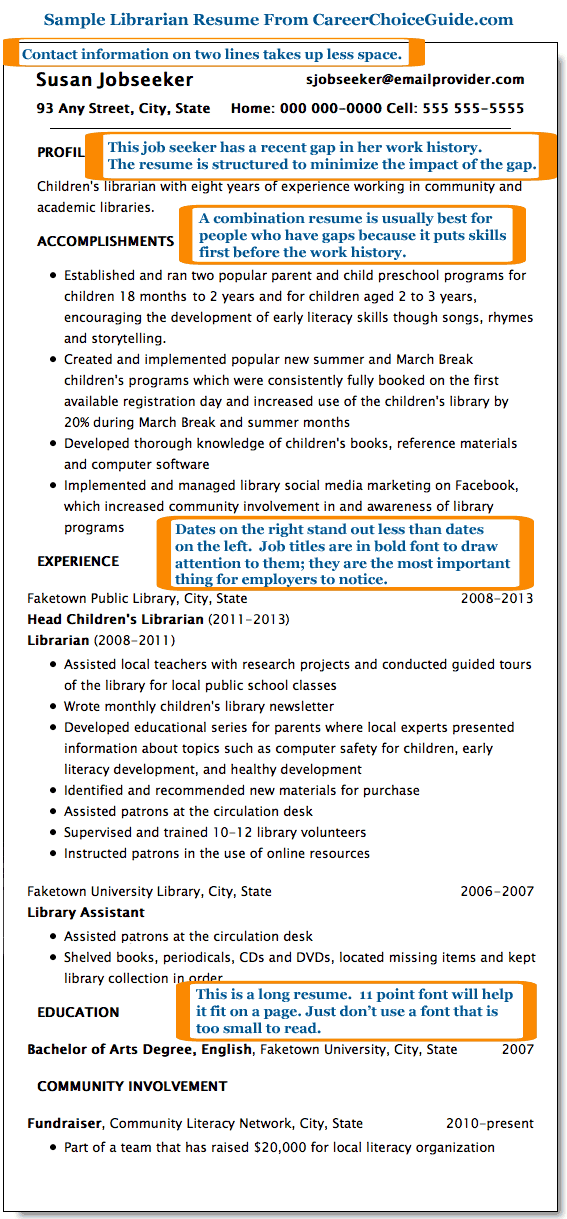How to explain gaps in employment history: Guide and. . Conclusion, bottom line. To have a gap in employment history (or even more of them) is not anything special in the third decade of 21st century. The world offers us many options.
How to explain gaps in employment history: Guide and. from www.careerchoiceguide.com
A cover letter is the perfect place to craft a short and straightforward explanation of your employment gaps. The trick is to stay brief and factual. Avoid any language that sounds.
Source: howtostepmom.com
2. Discuss Your Growth. A small pivot can be handy so the recruiter doesn’t focus too much on how long you were out of work and why. It’s great to be able to discuss the.
Source: image.slidesharecdn.com
An employment gap is a period of time spent between jobs. Depending on the particular situation, gaps in work history can range anywhere from several weeks or months.
Source: www.livecareer.com
Some reasons for employment gaps include: Laid off. There are lots of reasons why companies lay workers off. Sometimes it’s because the company decides to cut back on.
Source: i.pinimg.com
For example, you could say 2004 – 2012 (rather than May 2004 – February 2012) which would give you some room to cover the gaps. As you can see from the example below, it doesn’t.
Source: external-preview.redd.it
Presented in that format, there is an obvious gap of at least ten months between those two jobs. Employers could immediately focus on that gap. Now, consider the same work.
Source: careersidekick.com
In addition to your standard interview questions, you can and should ask about the gap on the candidate’s resume. You need to phrase those questions carefully, keeping in mind the legal and ethical constraints around certain topics. 1. How.
Source: image.slidesharecdn.com
Indicate the restructuring or downsizing that took place. And if it lines up with a recession, this “tells the story” to employers better than just leaving a gap and hoping that they.
Source: image.slidesharecdn.com
You may have gaps in your work history that you’re not sure how to explain on your CV or application form. You may not have been able to work due to personal circumstances, or.
Source: lh3.googleusercontent.com
Even if the gap in your work history is easy to explain, a long gap can look strange in a reverse-chronological resume. If this is the case, you may want to emphasize your skills over.
Source: simpleartifact.com
There are two key methods for formatting your resume to de-emphasize the fact that you have more than one gap in your work history. These 2 methods are: Editing your dates of.
Source: i.pinimg.com
3 month CV gaps. 6 months + CV gaps. Types of employment gaps & how to explain. Illness. Travel / Gap year. Job seeking. Caring for family. Covid-19. Redundancy / job loss.
Source: i.pinimg.com
Follow these steps to explain gaps in your employment history: Spend your time unemployed preparing to return to work. Determine which jobs you need to include. Try to.
Source: careerprep.me
Ignoring a gap in your employment history is a bad idea. That only allows a prospective employer to imagine the worst-case scenario. Instead, address it head on. On your resume, make a note.
Source: i.pinimg.com
DON’T cover gaps in resumes with dates. Just writing years in your work experience without months comes off as, well, trying to hide stuff. DO show the gap in your resume, but explain it briefly. In two lines or less, simply state.
gap in work history samples. There are any gap in work history samples in here.

